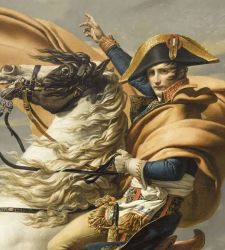
It is surprising that there is little or no talk in Italy about the muscular exhibition that the Louvre has organized to reconstruct the story of Jacques-Louis David exactly two hundred years after his death. In terms of completeness and volume of ma...
Read more...

Photography, since its origins, has invited experimentation. Overlaps, overexposures, technical accidents that turn into new expressive codes, unforeseen derivations of the main language. Man Ray was an absolute master of these discoveries, starting ...
Read more...
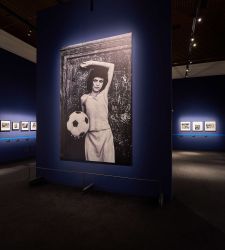
Certain documentary-style shots, besides standing out in isolation in the teeming iconographic firmament of recent reportage history for the eloquence of a phenomenon effectively risen to noumenon, are candidates to become staples of photography tout...
Read more...
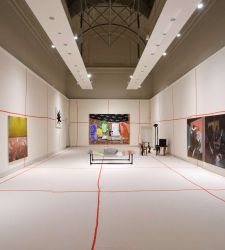
Wanting to choose one work that can offer an effective synthesis of the 18th Rome Quadrennial, Fantastica, which opened a few days ago at the Palazzo delle Esposizioni, I would not have many doubts and would immediately point to a painting by Siro Cu...
Read more...
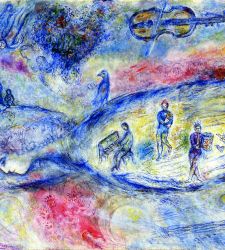
With the Marc Chagall exhibition, the spirit of Ferrara, secularly tending to metamorphoses, to the placid or adventurous sur-natural, enters its specific world, delightful and imbued with culture, which cannot fail to gracefully recall our modernity...
Read more...

Exactly seventy-five years have passed since Francesco Arcangeli wished the arrival of a "good day" for Simone Cantarini as well, "a name unknown to most, the name of a short-lived schoolboy of the far more famous Guido Reni." And it is still difficu...
Read more...
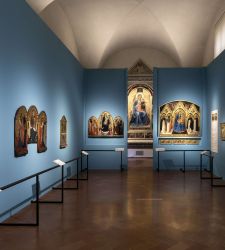
It is safe to assume that John Ruskin had not grasped the paradox inherent in the compliment he had intended for Blessed Angelico when he wrote that Fra' Giovanni da Fiesole formed a class of his own, meaning that "he was not an artist proper, but an...
Read more...
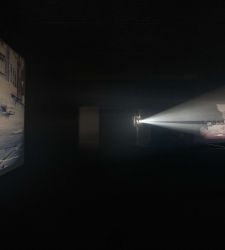
Some films become cult films because they come out at the right time, first intercepting certain epochal and existential ferments still latent with an original style destined to set the standard. One of these is Amores Perros (153 minutes), the debut...
Read more...
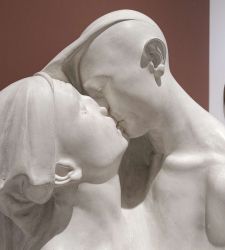
From a young man of good hopes, capable of infusing humanity and formal purity into the albeit crude realism, to a great forgotten of Italian art, between the two wars and in the second half of the last century. Francesco Ciusa (Nuoro, 1883 - Cagliar...
Read more...

The austere space of the former Campo Boario in Rome, the industrial archeology of Pavilion B of the Testaccio Slaughterhouse regenerated years ago into a space for contemporary art exhibitions, acquires -again- a dramatic symbolic value by hosting n...
Read more...
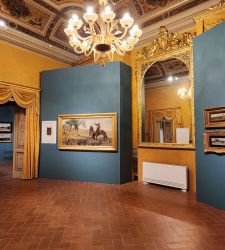
There is perhaps some significance in the fact that one of the biggest revolutions in painting of the 19th century started in Livorno. Vincenzo Farinella, lone curator of the Giovanni Fattori 200th anniversary exhibition that recently opened at Villa...
Read more...

The Siviero House in Florence has been closed for some time for some major restoration work that will keep its doors barred until next spring. It must be said, however, that it is a museum that has no desire to sit still, and for the past few months ...
Read more...
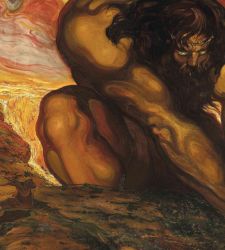
Néstor Reencontrado shocks any visitor to the Reina Sofía who has a clear understanding of the limits of art. It is not difficult, once you understand that you are not entering an exhibition, but an enveloping and complete atmosphere. N...
Read more...
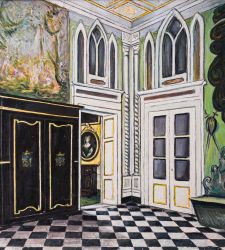
Toward the end of the exhibition that Collesalvetti's Pinacoteca Comunale "Carlo Servolini" is dedicating, until Oct. 2, 2025, to Aleardo Kutufà, a singular, versatile genius who has fallen into oblivion, appears awork, a chromotype by Marcel-...
Read more...
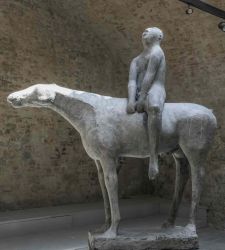
The name Marino Marini is associated with a well-defined subject with ancient origins: the rider riding his steed. Today we know that the domestication of the elegant equine took place some 5,500 years ago in Central Asia, and a very deep relationshi...
Read more...
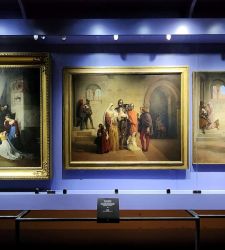
Francesco Hayez's Pontremoli is suspended in the dream of a romantic Middle Ages, the first of Italy, made of immaculate castles and knights, velvet-clad ladies and blazing armor. Hayez, however, had never been to Pontremoli. Or if he was sometimes e...
Read more...















